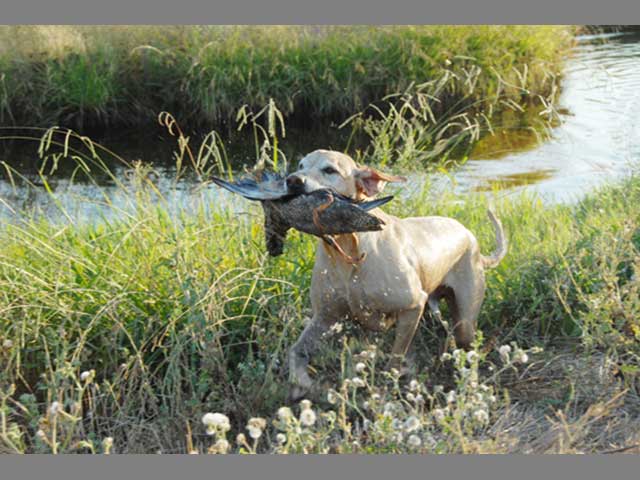Why Do They Do That?





Journey Into the Dog
You and a friend are about to climb aboard a special space ship. Two other kids get into a second ship. Once inside your ships, you shrink down until you are as small as a grain of salt.
Instead of launching into outer space, you fly down into Dee's fur. Your friends fly their ship into Ennay's fur. You stay in touch through a radio.
As you fly deeper down, Dee's skin appears below you – little pink hills, like the surface of a strange planet. Your ship shrinks even more and you head down into Dee's skin. Soon, what seemed like a smooth surface looks like lots of little discs. There are millions of these everywhere you look. These are the "cells" that make up Dee's body.
Your ship shrinks even more. It is so small someone needs a powerful microscope to find you. You zoom straight for one of Dee's cells. In the center of that cell is a black spot, like an eye. That's the nucleus. Believe it or not, your ship shrinks some more. Adjusting the controls, you head right into that black spot.
Now you see some weird stuff. The black spot is packed with what looks like pieces of string. Count them, and you will see 78 pieces. Each piece of string has tiny little beads on it, from one end to the other. They don't look like much, just floating quietly. But those beads are sending out powerful commands telling Dee's body to do everything – what fur color and eye color she has, her height, how fast she runs, what her bark sounds like, and more.
You fly up close to one piece of string and look at five of those beads. Get on the radio and contact your friends in the other ship, the one that has been traveling inside Ennay's cells. What do they observe? They tell you they see the same five beads in Ennay's body, but the beads are in a different order. In Dee, those beads send out commands to run and fetch. In Ennay, the beads are quiet, so Ennay does not show much interest in tennis balls.
You fly over to another bit of string. Here you see seven beads. Your friends over in Ennay's body tell you they see the same beads there, but again in Ennay's body the beads are in a different order. These seven beads are sending out commands telling Ennay to herd. In Dee's body, the beads are quiet, so he doesn't feel like herding.
These bits of string are called "chromosomes." The bunches of beads that cause fetching or herding are called "genes."
You could fly to all 78 pieces of string and observe all the beads. That would take a long time – there are hundreds of thousands of beads in a dog's body.
Learning More, Solving Mysteries
Unfortunately, there are no ships that can take us inside a dog's cells. Scientists do the next best thing. Using powerful microscopes, they observe the strings and beads. Scientists "listen" to the commands the beads give, learning how those commands change a dog's appearance or behavior. The beads speak a foreign language, and it's a giant puzzle figuring out what all the words mean.
Mark Neff is a geneticist at the University of California at Davis. His job is to look at those millions of beads and learn the language of the commands. There is so much information – so many beads and so many commands – it is difficult work. "These are what lead a dog to have small spots or large spots, whether a dog has some white fur or a lot of white fur," Dr. Neff explains. "However, even something as simple as fur color turns out to be very complicated."
Those beads do not only cause colors and behaviors. Sometimes their commands make dogs sick. If Dr. Neff and other scientists can figure out which beads send out unhealthy commands, they might be able to tell the beads to stop, or make the beads send out healthy commands instead.
To figure out which beads are sending out harmful commands, scientists look until they see one pattern that always shows up in sick dogs and a different pattern in healthy dogs. It is like a giant puzzle.
Some puzzles have been solved. For example, scientists figured out which beads send commands that make dogs blind. They zoom into the cells and see if the dog has the beads telling the dog to be blind. Scientists can tell people not to breed two dogs that have the blindness beads. That prevents puppies from being blind.
There are hundreds of other illnesses to figure out. With every illness, scientists have to start their detective work all over again, looking again at all those millions of beads.
Even with powerful new computers and microscopes, Dr. Neff says, "It's very exciting, but we really don't understand how it all works yet."
We Need Kids!
In the future, scientists may figure out what every one of those beads does. They will be able to stop many illnesses that harm dogs. Dr. Neff and other scientists are hoping that kids will study and become scientists ready to solve the puzzles.
As Dr. Neff says, "It's not at all simple, but everything comes down to genes. There is so much left to study, so much for kids to understand. There are some very basic things about biology we still need to know. Kids can be the ones to help us figure it all out."
